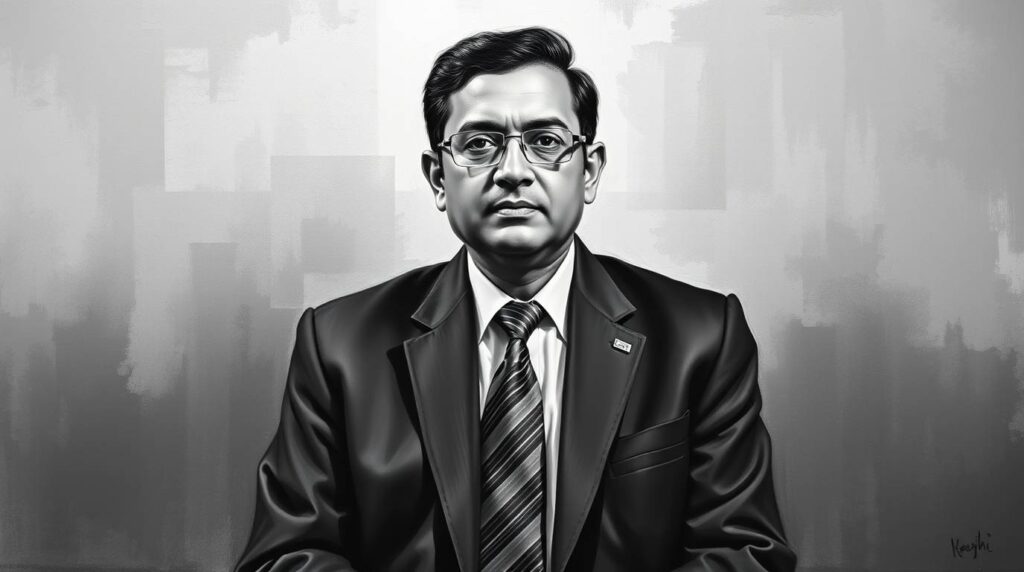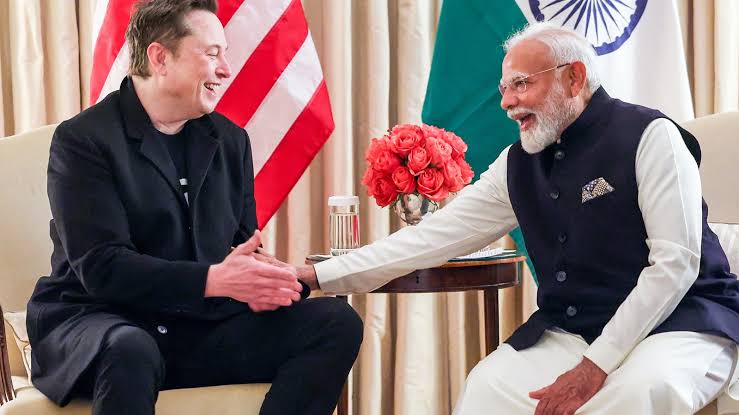

A bombshell revelation has set the nation ablaze: a senior bureaucrat has amassed a jaw-dropping 200 crore crypto portfolio, a fortune that obliterates the earnings of an entire career in public service. This staggering wealth, exposed through recent financial disclosures, has unleashed a firestorm of curiosity and speculation. How did a government official, tethered to a modest salary, build a crypto empire worth 200 crores? Was it a stroke of financial genius, or does a deeper, more mysterious story lurk beneath the surface? Buckle up as we unravel this electrifying saga!
The 200 crore crypto portfolio has sent shockwaves through the public, with social media buzzing and analysts scrambling to decode its origins. Cryptocurrencies, the wild west of modern finance, have minted millionaires and shattered expectations. Yet, for a bureaucrat—whose life is synonymous with routine and regulation—this colossal fortune is nothing short of a financial earthquake. This article dives headfirst into the heart of this enigma, exploring how such wealth was forged and whether it raises red flags, all while keeping the tone balanced and diplomatic.
200 Crore Crypto Portfolio: A Financial Thunderbolt
The bureaucrat’s 200 crore crypto portfolio isn’t just big—it’s a financial supernova. A typical public servant’s career, spanning decades, yields a salary that pales in comparison to this crypto windfall. Picture this: a senior official’s earnings over 30 years might hover around a few crores, yet this portfolio is a hundredfold larger. The question on everyone’s lips: how did this happen? The 200 crore crypto portfolio demands answers, and the public is hungry for them.
Cryptocurrencies have rewritten the rules of wealth. Bitcoin, the king of crypto, skyrocketed from ₹1 lakh in 2017 to over ₹50 lakh at its peak. Ethereum and altcoins like Solana have followed suit, turning small bets into life-changing fortunes. Could this bureaucrat have been a crypto pioneer, riding the wave of Bitcoin’s early days? A modest investment a decade ago could have exploded into a 200 crore crypto portfolio—but the scale and speed of this wealth raise tantalizing questions. Was it luck, skill, or something else entirely?
Unraveling the Crypto Jackpot
Building a 200 crore crypto portfolio is no small feat, especially for a public servant bound by bureaucracy’s rigid framework. Crypto markets are a rollercoaster, demanding sharp instincts, market savvy, and nerves of steel. Did this official master the art of trading, or did they have insider tips from crypto moguls? The mystery deepens as we ponder the logistics of such a fortune. A 200 crore crypto portfolio suggests either a massive initial investment or uncanny timing—both of which ignite curiosity.
Imagine this scenario: a small stake in Bitcoin or Ethereum in the early 2010s, when prices were a fraction of today’s values. A ₹5 lakh investment in Bitcoin in 2015 could be worth crores today. Diversifying into DeFi tokens or staking in high-yield protocols might have supercharged the portfolio further. Yet, the sheer size of this 200 crore crypto portfolio hints at more than just a lucky break. Did the bureaucrat leverage family wealth, side ventures, or other resources? The public deserves clarity, and the intrigue is irresistible.
Ethical Sparks Fly: Is All Fair in Crypto?
The 200 crore crypto portfolio isn’t just a financial marvel—it’s a lightning rod for ethical questions. Public servants are held to a gold standard of transparency and integrity. A fortune of this magnitude, especially in the shadowy world of crypto, raises eyebrows. Could there be undisclosed income streams? Was privileged information used to gain an edge? While no evidence of wrongdoing has surfaced, the scale of the 200 crore crypto portfolio demands scrutiny to preserve public trust.
Cryptocurrencies, with their pseudonymous transactions, add a layer of complexity. Blockchain records are public, but linking wallets to individuals is a forensic challenge. Anti-corruption agencies may need to deploy cutting-edge tools to trace the origins of this 200 crore crypto portfolio. The bureaucrat’s financial disclosures will be under a microscope, as regulators seek to ensure compliance with ethical norms. Yet, we must tread carefully—diplomatically—acknowledging that this wealth could stem from legitimate means, such as personal savings, inheritance, or a knack for crypto trading honed outside official duties.
The absence of concrete allegations keeps this story in the realm of fascination rather than accusation. Still, the 200 crore crypto portfolio underscores the need for robust oversight. Public servants wield significant influence, and their financial dealings must withstand public scrutiny. This case could set a precedent for how crypto wealth is monitored, ensuring that integrity remains the cornerstone of governance.
A Crypto Revolution in Public Service?
This electrifying 200 crore crypto portfolio isn’t just a personal triumph—it’s a wake-up call for India’s public sector. Cryptocurrencies are reshaping wealth creation, and this bureaucrat’s success highlights their transformative power. But it also raises a thorny question: should public officials dive into high-risk markets like crypto, given their access to sensitive information? The 200 crore crypto portfolio could spark a broader debate about financial freedom versus accountability.
India’s crypto landscape is booming, with millions investing in digital assets. The bureaucrat’s 200 crore crypto portfolio might inspire others to explore this frontier, but it also underscores the need for clear regulations. Could more officials be quietly building crypto fortunes? If so, how will regulators keep pace with this fast-evolving market? The answers could shape India’s approach to crypto for years to come, making this case a pivotal moment in the nation’s financial narrative.


















